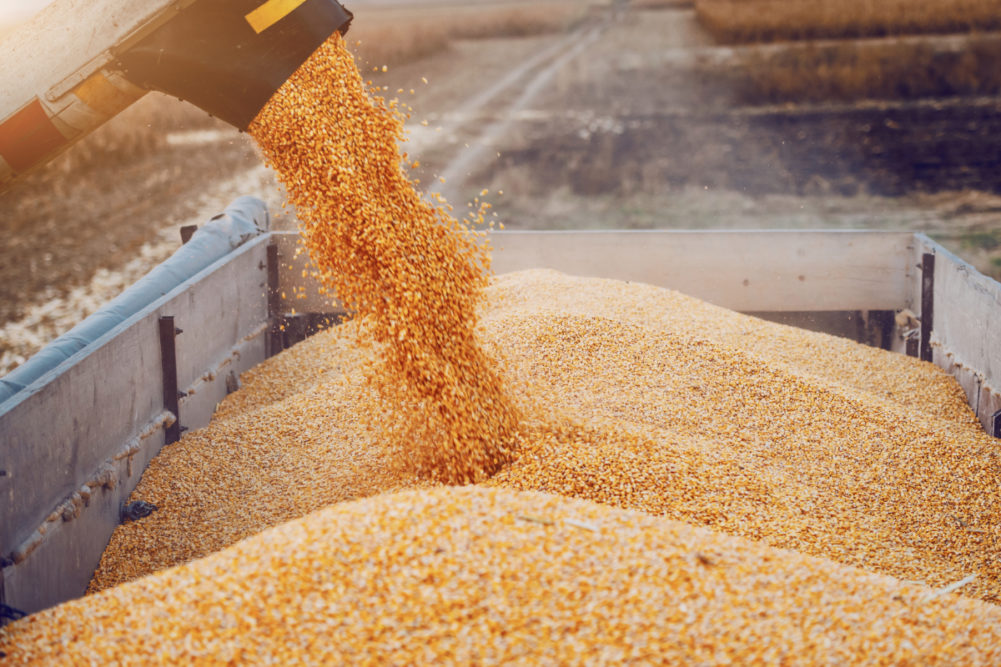When assessing the impact of the new coronavirus (COVID-19) on grain and grain-based foods production and distribution, much of the attention thus far has been focused on the countries with the highest number of cases and deaths.

Interestingly, the illness and death toll are highest in many of the world’s most developed nations, including the United States, and Western European countries such as Italy, Spain, France and the United Kingdom. All are major grain producers, with the United States and France ranking among the world’s top exporters. Two other major grain suppliers to keep an eye on are Russia and Ukraine. Russia, which saw a sharp increase in COVID-19 cases/deaths in mid-April, is the world’s largest wheat exporter and has indicated it will limit exports through the remainder of the marketing year. Ukraine, which still has relatively few cases, also announced wheat export restrictions after Ukrainian millers and bakers raised supply concerns.
While the food supply chains within these countries have been functioning adequately, a bigger food security threat looms in developing countries, many of which have fewer reported COVID-19 cases but are highly dependent on grain imports, most notably in African and Middle East countries, several of which also are mired in one of the worst locust outbreaks in decades.
COVID-19 containment measures have started to make movement of grain commodities from country to country more challenging. The World Food Programme (WFP) issued a report in April outlining a worst-case scenario for poor, developing countries with a limited domestic grain supply. The WFP said logistical challenges are more likely to unsettle global markets for basic staples than a supply shortage, so maintaining a flow at critical junctures on transport routes, such as the Black Sea ports and the US gulf ports in Louisiana, will be critical. An analysis by Chatham House warns that “a serious interruption at one or more of those chokepoints could conceivably lead to supply shortfalls and price spikes.”
Even if the supply chains continue to operate efficiently, the severity of the economic nosedive resulting from the necessary but draconian social distancing measures taken by many nations is difficult to fathom. Most economists agree it will be the worst global downturn since at least the Great Depression of the 1930s. It’s possible, and perhaps likely, that millions of people will descend into extreme poverty.
Before the COVID-19 crisis, an estimated 820 million people suffered from hunger, including 100 million classified with acute hunger, according to the United Nations’ Food and Agriculture Organization. For that number not to grow exponentially in the coming months, government leaders in the nations hardest hit by COVID-19 will have to shift from a public health-centric policy to measures that also take the health of the domestic and global economy into greater consideration. The argument that the cure can’t be worse than the disease is about to come into play.
At the same time, nations with abundant grain supplies must look beyond their borders and work with organizations like the WFP to ensure that nations heavily dependent on grain imports for survival aren’t overlooked. Although self-preservation is a natural human instinct during crisis, it is also imperative to continue to provide aid to the world’s most vulnerable citizens.
Follow our breaking news coverage of the coronavirus/COVID-19 situation.






